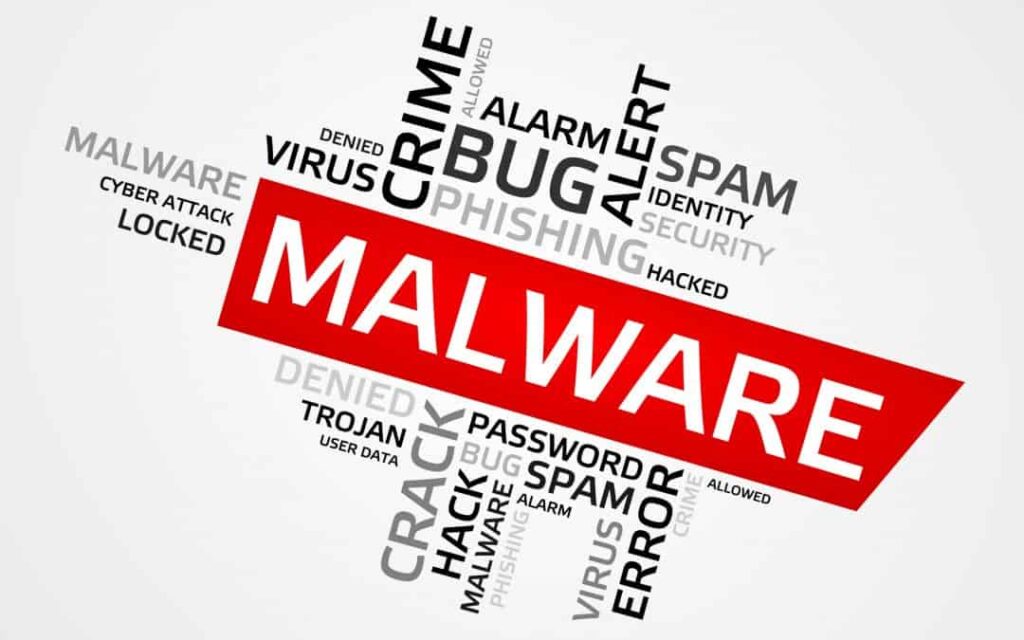Talk of emerging cybersecurity concerns and threats, and most experts will point at malware attacks. Malware refers to malicious software. Trojans, viruses, worms, ransomware, adware, spyware – These are all different types of malware, each one designed with a specific intent. Preventing malware attacks may not be as complicated as it seems. In fact, businesses that are proactive with their security measures have not suffered malware infections. So, is your company doing enough to counter possible malware concerns? Here are the common steps that are worth considering.
- Update third-party software and firmware. More often than not, hackers exploit the existing vulnerabilities within a system or network, to cause a malware attack. Ensure that all operating systems, third-party software and firmware programs are updated to the latest version.
- Get rid of unused, outdated software. Ensure that your computers and devices do not have unwanted, unused software, especially legacy software. Bloatware is often a source of malware infections.
- Beware of emails and phishing. A considerable number of malware attacks happen through emails. Hackers send phishing emails, which often contain a malicious file or download, and the user is tricked into installing the same. Ensure that your employees know of social engineering and how to report a spam email or phishing email.
- Password protection is a must. If your organization is serious about preventing malware attacks, it’s important to focus on password protection. Make it mandatory to change default passwords, all passwords should be long and strong, and no password should be reused. Also, recommend a password management tool for your employees.
- Use multiple layers of authentication. If your company is not using multifactor authentication, as yet, you are missing out on malware prevention. Use a second or third layer of protection, beyond a standard strong password, which could be security questions, onetime passwords, and pins.
- Use antimalware programs. There are varied kinds of antimalware, antispyware, and antivirus programs that can secure your devices. Also, all networked devices should be placed behind firewalls. If your company wants to stay protected against ransomware attacks, network segmentation is also a must.
- Finally, test your networks. Finding malware is much easier, when you scan and test your networks regularly. Make sure that there is an incident response plan in place, so that you can do your bit to remove malware safely and protect your devices and networks.
Check online now to find the best anti-malware programs, and don’t forget to train your employees.












